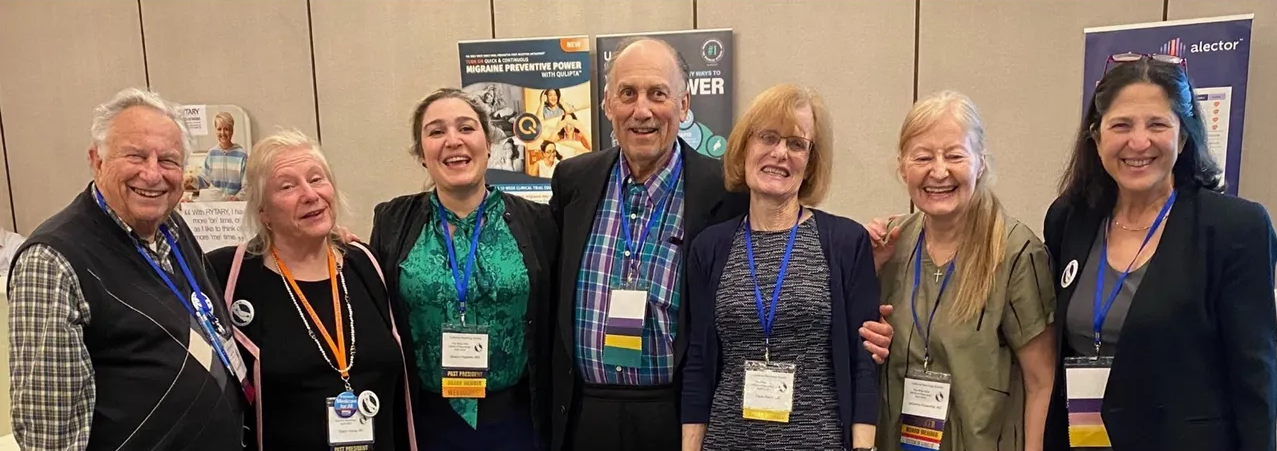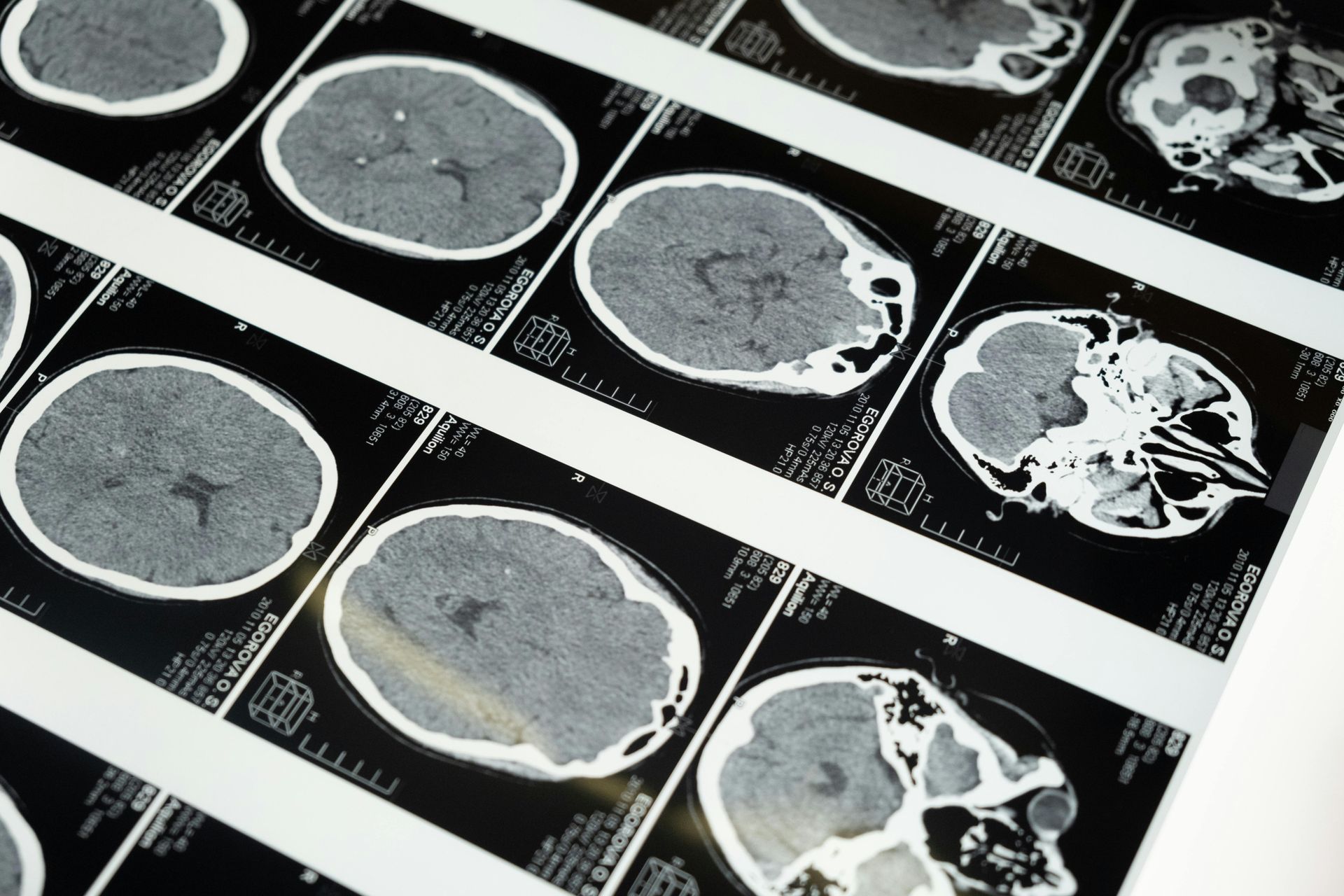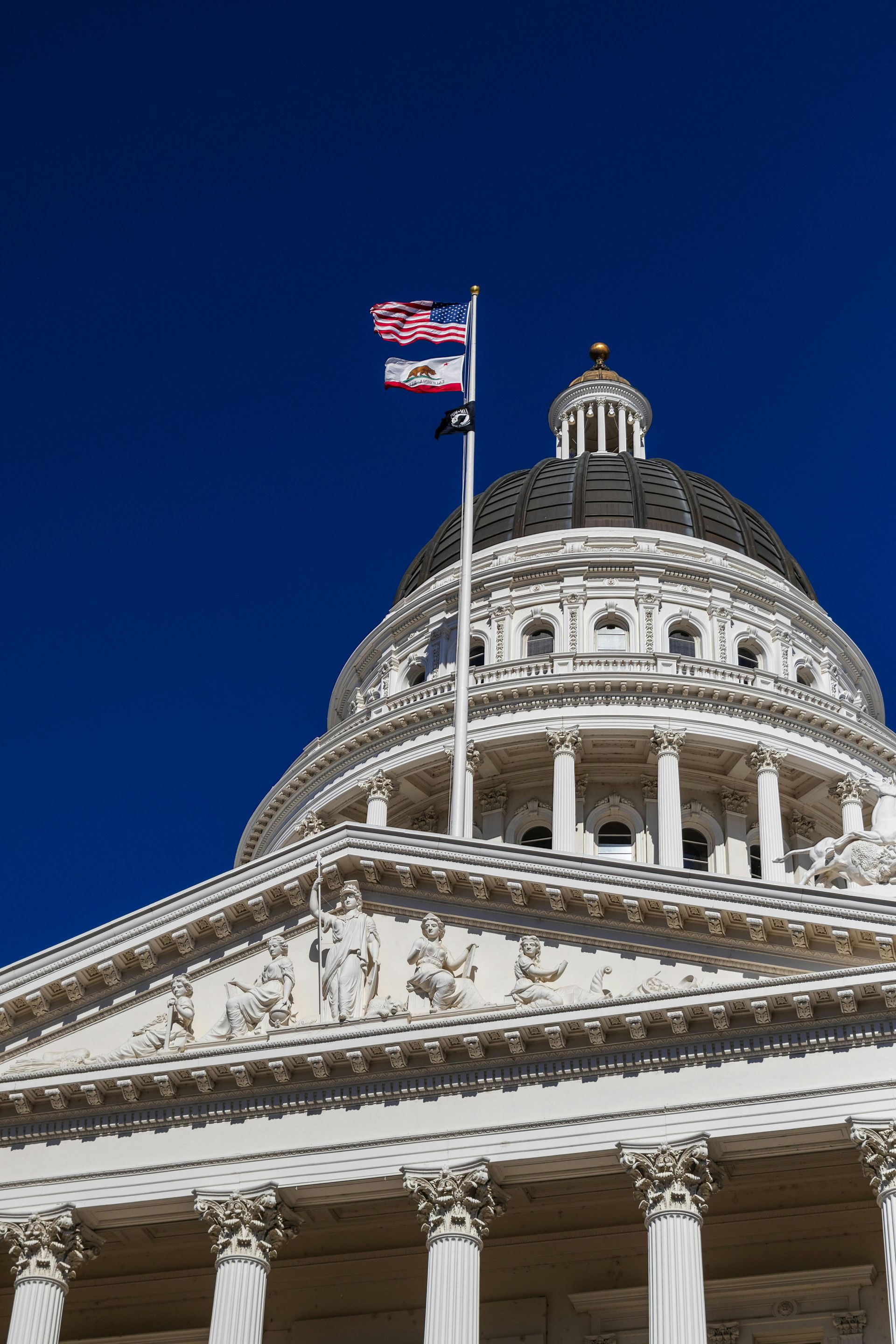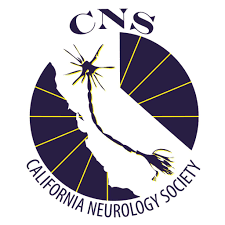CNS Legislative Committee MEETING MINUTES - Wednesday, July 2, 2025
Concussion awareness, CTE prevention, and epilepsy-related issues, with an emphasis on youth sports safety and transportation access for adults with epilepsy

Quick recap
The meeting covered various topics related to the California Neurology Society, including board changes, legislative priorities, and advocacy efforts. Discussions focused on creating educational materials and legislation for concussion awareness, CTE prevention, and epilepsy-related issues, with an emphasis on youth sports safety and transportation access for adults with epilepsy. The group also addressed organizational matters such as developing a code of conduct, planning future meetings, and coordinating with other medical associations to strengthen their advocacy efforts.
Summary
Steve Holtz's Resignation and Code of Conduct
Stella and Selim discussed Steve Holtz's resignation from the CNS Board, expressing sadness and agreeing to organize a celebration for him. They considered hosting the event in person but noted logistical challenges. Stella emphasized the importance of a code of conduct to foster inclusivity and improve the organization's image. Selim shared his experience as a legislative advocate and highlighted the impact of CNS's conduct on his professional interactions.
Transportation Access Resolution Status
Stella presented the status of a resolution on expanding transportation access for adults with epilepsy, highlighting the support received from various medical organizations and districts, with only one opposition and two requests for information. Selim suggested creating a consolidated support letter with logos from endorsing organizations to strengthen their case, and Stella explained that the resolution would undergo lobbyist analysis before adoption by CMA. Stella also mentioned the need for Natalia and Selim to assist in addressing potential critiques from lobbyists during the analysis phase.
Youth Football and CTE Education
Selim presented on youth tackle football and concussion/CTE education, sharing resources about current laws and practices. He discussed concerns about separating CTE education from concussion education in legislation and proposed creating a simple fact sheet for CTE information instead of producing a separate video. Stella suggested targeting schools and directly reaching children with CTE education, as the current focus is on youth sports organizations.
Child Brain Development Awareness Video
The group discussed creating a video to educate children about brain development and concussion risks, with Stella outlining three key messages: the brain continues developing until age 25, concussions and repetitive impacts can cause long-term problems, and school performance affects future life outcomes. Selim presented a template for amending existing concussion legislation in California, which the group agreed could serve as a foundation for their efforts. The team decided to first test their video approach by showing it to local schools before pursuing legislative changes, while also planning to research and connect with stakeholders who supported previous concussion legislation from 2012.
CTE Legislation and Youth Sports
The group discusses how to include Chronic Traumatic Encephalopathy (CTE) in legislation alongside concussion and head injury education for youth sports. They consider targeting not just coaches but also athletes and parents with information sheets. Selim raises concerns about singling out CTE, but Steven assures that CTE's high public profile justifies its specific inclusion. The group also debates whether to focus on public schools, private organizations, or both, and considers contacting the American Academy of Neurology for existing guidelines on the matter.
CTE Position Statement Development
The group discussed the need to create a clear and accessible position statement about chronic traumatic encephalopathy (CTE), emphasizing its development over time through repetitive head trauma. Stella and Steven agreed to focus on explaining how symptoms can emerge years after the initial injury, using layman's terms to avoid technical jargon. Johanna suggested creating a one-page summary for the California Neurology Society's website and linking it to ongoing legislative efforts, such as the helmet bill introduced by Assemblyman Valencia. Stella planned to use a recent article as a reference to draft the summary, while Selim highlighted the importance of translating complex information into legislative text to support advocacy efforts.
Football Fatality and Neck Safety
The group discussed a tragic incident where a high school football player died after being kicked under the chin, which led to a discussion about the importance of documenting such cases with supporting evidence like news reports or witness statements. They agreed to seek out a parent or sibling of the deceased player to provide testimony, with Selim suggesting they could find willing participants through concussion organizations. The conversation touched on the broader issue of neck muscle strength and its role in preventing such injuries, with Stella suggesting that weak neck muscles could contribute to whiplash during head impacts.
Youth Football Concussion Safety Legislation
Selim outlined his plan to prepare legislation for youth tackle football and concussion safety, which includes collecting resources, drafting legislation, and building a coalition of supporting organizations. He emphasized the need for clear goals and information to effectively approach legislators and other stakeholders. Stella suggested working on both national and local levels, while Johanna highlighted the importance of being prepared well in advance of legislative deadlines to avoid delays caused by new legislators.
CTE Education Legislation Planning
The group discussed legislation related to CTE awareness and education, focusing on youth football players and their families. Stella emphasized the importance of starting education early, around age 5 or 6, while Robert suggested framing the legislation as protecting football itself from stigma. The team agreed to target all age groups from early childhood through high school, with Selim tasked to prepare draft legislation by February for a year-and-a-half deadline.
Neurology Advocacy and Legislative Priorities
The group discussed several key issues facing neurologists and patients, with Joanna proposing three major legislative priorities over the next year and a half: one for patients, one for doctors, and potentially a third issue. Stella emphasized the need to support neurologists through advocacy and suggested inviting an AI practice guide to speak at a future meeting. The group also discussed challenges with electronic medical records, particularly for neurologists, and Joanna proposed legislation related to urban planning and public health to reduce the likelihood of neurologic diseases. Steven and Stella agreed that fighting Medicare prior authorizations would be a more effective advocacy strategy than focusing on insurance company spending transparency, as it directly impacts patient care and resonates with legislators.
Legislative Planning and AAN Relations
The group discussed legislative updates and the need to file bills by February 21st, 2027. They agreed to pursue legislation on epilepsy, transportation, and other neurology-related issues. Steven, who was planning to retire, agreed to continue helping the organization’s legislative efforts, particularly with its relationship to the AAN. The group also touched on the need for a code of conduct and Stella's role as liaison to the AAN.











